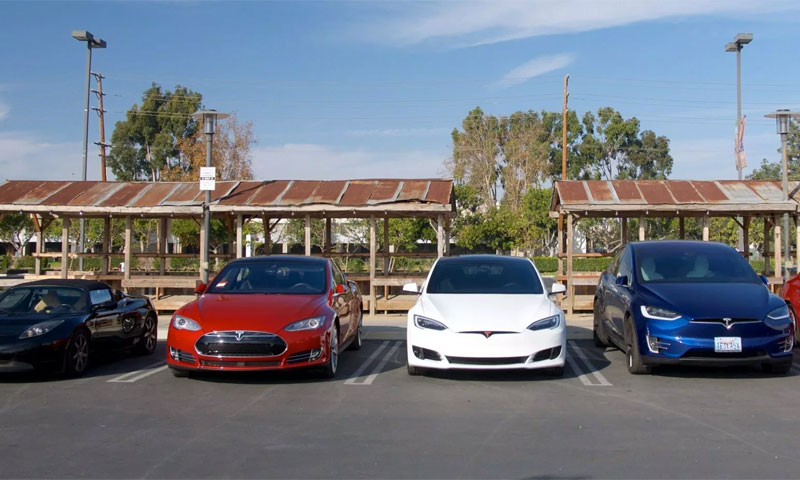It’s a weekend in the city, and you plan to take a trip to the groceries to buy your weekly supplies and household needs. Upon arriving, you’re greeted with a full parking space and fierce competition from other drivers eagerly waiting for people to leave their parking spaces.
At this time you reflect on humanity’s need for automobiles, your gas money, how you can be serviced better, and the realization that you’ll be doing this as long as you’re driving a car and need to go to other locations.
Taking It Into Your Own Hands
You later realize that parking spaces are inevitable and notice that they may have been increasing in number to accommodate more people. You’ve also been thinking of ways to start a business of your own. A plan hatches in your head.
As someone who has experienced the stress, negativity and necessity of parking spaces, you’ve decided to create a business out of it yourself and decided to make it a lot less painful (if possible) for other cars or vehicles.
Until the day arrives when flying automobiles have been invented, you decide that money and a collection process will be needed to push through with your parking lot dream.
Developing a Plan
Like most successful businesses, creating a plan can turn any business into a success. Think about whether you have a market for the parking service and think about how you can persuade people into using it.
Creating a marketing and management section can help you set goals in helping you run the service effectively and efficiently as well as a financial plan to help investments and in maintaining cash flows.
Location, Location, Location
Before excitedly finding an empty lot and claiming it as your own, here are some things to ponder:
- Consider zoning laws and land prices. Can you also afford demolition expenses when needed?
- Think about your potential users: is there enough traffic to drive business in the area and is it convenient for people? Locations such as nearby downtown areas and districts mean bonus points for you.
- Look at the area and observe if more parking is needed. Communicate with people in the area as well as the local government for more information on compliance and permits.
Paving and Control Costs
A parking lot requires smooth asphalt spaces or cement supported with generous amounts of industrial epoxy flooring. The benefits of a larger parking lot also include lower costs per square foot. You may also need a drainage plan in cases of rainfall and floods.
Accessibility, Staffing, and Design
A parking lot entrance can be designed with (1) no gates, where customers pay based on the longevity of the service, (2) a gate operated by a cashier in collecting payments, or (3) an automated gate with automated payment systems.
You also have an option for customers to pay in advance and have a guaranteed parking spot, or have a hybrid of all the above options. Weigh your choices and consider what’s best for you. Lastly, you’ll want to employ more than just a gatekeeper to maintain your services.
Consider cleaning and maintenance staff and CCTV cameras. If the budget permits, security guards can give customers the peace of mind in parking in your spaces.
To provide more quality parking services, installing smart sensors and LED lights can give drivers the benefit of knowing where to park. Providing real-time updates, announcements, and advanced parking solutions can also develop a loyal customer base wherein drivers keep flocking back to your spaces for quality and assurance.
